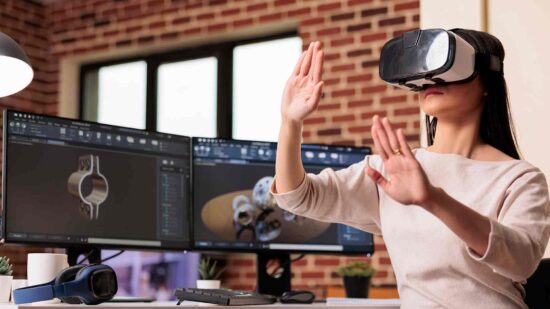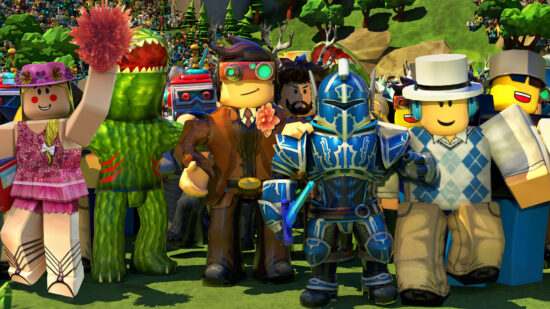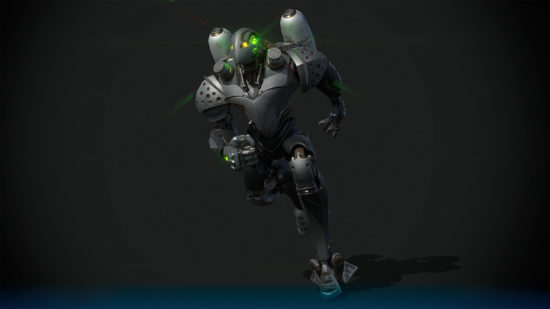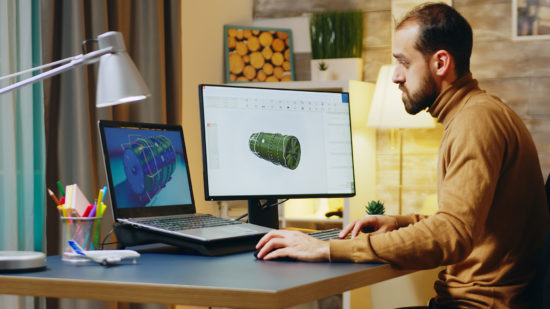As you make the decision to outsource art creation to a partner like 3D-Ace, you’ll probably have more than a few questions about how everything works. Obviously, the art will only be created after both sides have agreed on the terms of cooperation, but what does this agreement look like?
We are going to discuss the estimation process at length, including all of the details that will be required from your side. We can guarantee a high level of accuracy and coherence in our estimation, but much of the speed and effectiveness of the document will depend on how thorough you are in your requirements and requests. A detailed project brief with each key requirement addressed will work wonders towards progressing the project estimation.
What are the Steps of Art Outsourcing Estimation?
Once you contact us about your project/task, we begin the process of estimation, which can be classified in several stages:
1. Requirement analysis
Based on the initial information you provide, we analyze the requirements and determine what it will take to fulfill them. Having years of experience in making all sorts of art, we can usually look back on past projects with analogous requirements to get an understanding of the full scope and difficulty. If any of the requirements pose a new and unfamiliar challenge, we look into solutions for overcoming them.
2. Preliminary documentation
In this stage, we map out the work and start creating the first documentation (a draft WBS and question list) that will help lead us into fully-fledged estimation:
-
We create internal documentation for evaluation of the project. In other words, we analyze what will be needed from our side and which resources we can allocate to complete the work.
-
In most cases, the information about the work provided by clients is incomplete, at least according to our standards. Thus, we commonly prepare a comprehensive list of questions for you, which will be vital for our further assessment of the work and accurate estimation.
In this stage, we determine which specialists we can put up, how we expect the workflow to progress, terms and restrictions. This preliminary documentation is usually drafted by our Lead Artist and business development managers, but for large-scale and complex projects, we may also engage a Business Analyst.
3. Question resolution
This stage is relatively straightforward: we provide you with a list of prepared questions covering the project requirements we do not know yet or are unsure about. These questions will cover a lot more than pure technical requirements, also including budget and timeframes. As you prepare your answers and budget, please make sure to be as detailed as possible.
For example, consider whether you truly need maximum detail in your content, which will surely take a long time and budget to do well. On the other hand, if you want to dazzle with a highly-realistic 3D model, sparing expenses will not do you any good. Our team will be happy to help you find the right balance in each solution.
4. Estimation
Now that we have received answers to our questions and have the full requirements on hand, we can create a detailed work breakdown structure (WBS). It is normally presented as a spreadsheet with all individual working components and stages. It outlines all tasks and hours, with rates and calculated total costs.
4.1. Confirmation
Naturally, the client gets the final say over the draft, and is free to provide input and suggestions. Thus, it is normal for the estimate to undergo multiple iterations, and for requirements to be revisited and modified to meet the budget and deadline. The plan is only finalized and the project starts once both sides come to an agreement with no stone unturned.
5. Onboarding and launch
After a quick period of onboarding (when our experts are briefed about upcoming tasks), the creation of art begins and is completed according to plan. Our studio will always have project managers available that can address your questions and provide updates on how the work is going.
Does the estimation process vary for different types of art?
We usually maintain a single and streamlined process for all types of art, but there is some flexibility and variability. To be specific, the discussion of requirements can be a fluid process and take place in parallel with other stages, such as the creation of internal documentation and requirement analysis.
It is also important to mention that the questions and requirements we ask for will vary depending on the type of art, as will the specialists and terms we choose for the project. For example, a project focused on real-time 3D models will have much more technical information in the estimation, while a draft for a project with 3D renders will focus more on details of visual quality.
Which Key Information We Ask for the Art Estimate
If you want to make the most of your cooperation with 3D-Ace and speed up the estimation process, you can prepare the requirements and project brief beforehand. As a reference, you can use our question lists for different art types.
3D Art Estimation
Question:
Can you provide any references? Expand ↓
Question:
Is the art for rendering or real-time use? Expand ↓
Question:
(Renders) What are your technical requirements? Expand ↓
Question:
(Renders) Where should the 3D model library come from? Expand ↓
Question:
(Real-time) What are your technical requirements for models and scenes? Expand ↓
Question:
(Real-time) What are your requirements for textures? Expand ↓
Question:
What are the time and budget requirements? Expand ↓
2D Art Estimation
Most of the questions for 2D art estimation (excluding those pertaining to polygons, LOD, and the like) are the same as they are for 3D art. However, we need to learn the style you would like applied to the 2D art and describe what forms of media it will be used in, and references are absolutely essential for this understanding. As is the case with other forms of art, the more detailed information you give us, the better and faster the end results will be.
2D Animation Estimation Questions
- Do you already have 2D assets or do we need to create them on our end? If we need to create them, could you please share an asset list with descriptions of assets and references for graphic quality?
- What output data do you expect to receive from our end? Should it be a project on After Effect or should it be an already composed video file? If video – could you please specify file format and resolution?
- Do you need us to create some VFX? If so, could you describe them (or share references) and also share references to the final quality?
- Do you need us to add some music or SFX? If yes – will you provide it to us, or do we need to create it on our end?
3D Video Estimation Questions
- Could you provide a brief/idea description? What is the trailer length? Where will you use it?
- Could you provide a desired scenario with preliminary timing and a full assets list?
- Could you provide references for final quality and style (it could be any picture from any game/video representing the desired level of quality, style, etc.)
- Do you need us to create 3D models? Another way we can buy ready-made models, or you can provide assets to us.
- Do you need the final video only, or do you need a scene in a game engine? If you need a scene, what engine do you need?
- What is the expected output final video format (wmv/mov/mp4/other)?
- What is the expected final video resolution?
- Do you need us to make sound/music/voice FXs?
What Comes Next? Let’s Cooperate
Without a doubt, estimation is incredibly important for giving a project the green light, but what comes next is much more interesting. We are ready to assist you with your project and provide top-notch art, animation, VFX, and so much more. To get a better idea of our experience and strengths, you are welcome to check out our portfolio and video playlists.
Our studio understands that every project is unique, and will gladly cater to your needs in choosing a cooperation model that works for you. Sometimes, art estimation is not even needed, and companies just need an extra specialist to help out with a project, and we provide dedicated artists.
It all begins with a message: just contact us and tell us what you need. We will guide you the rest of the way!









